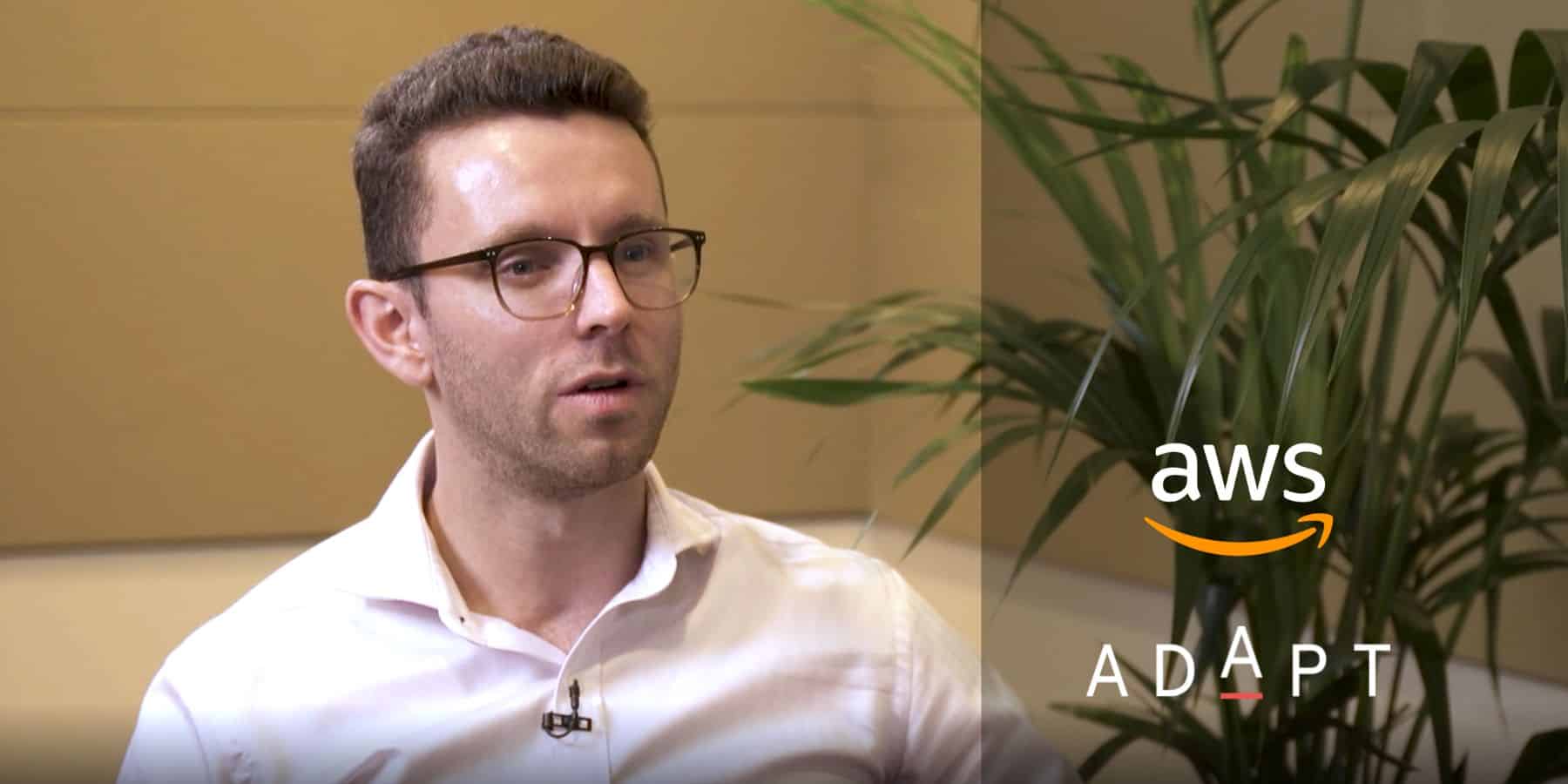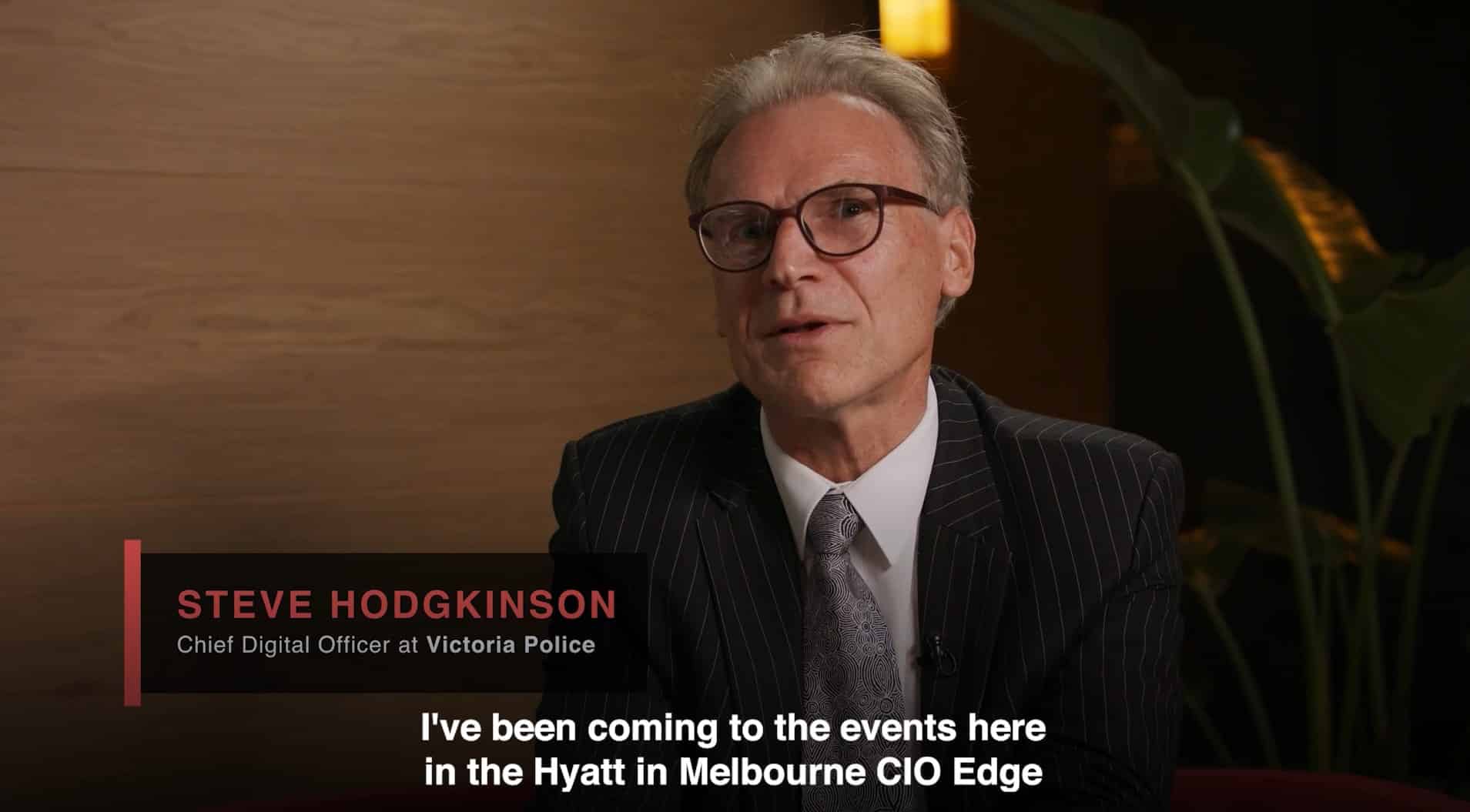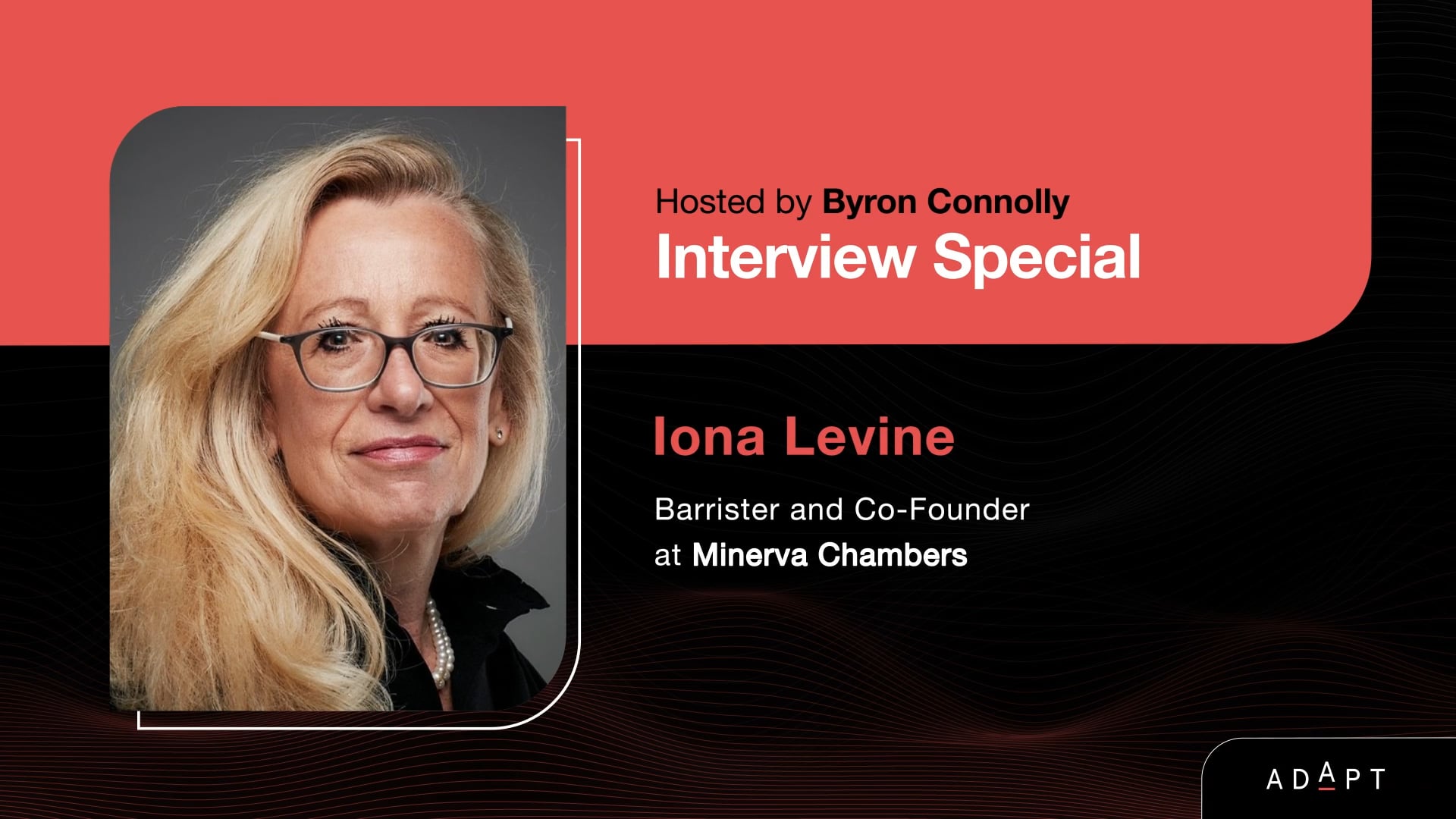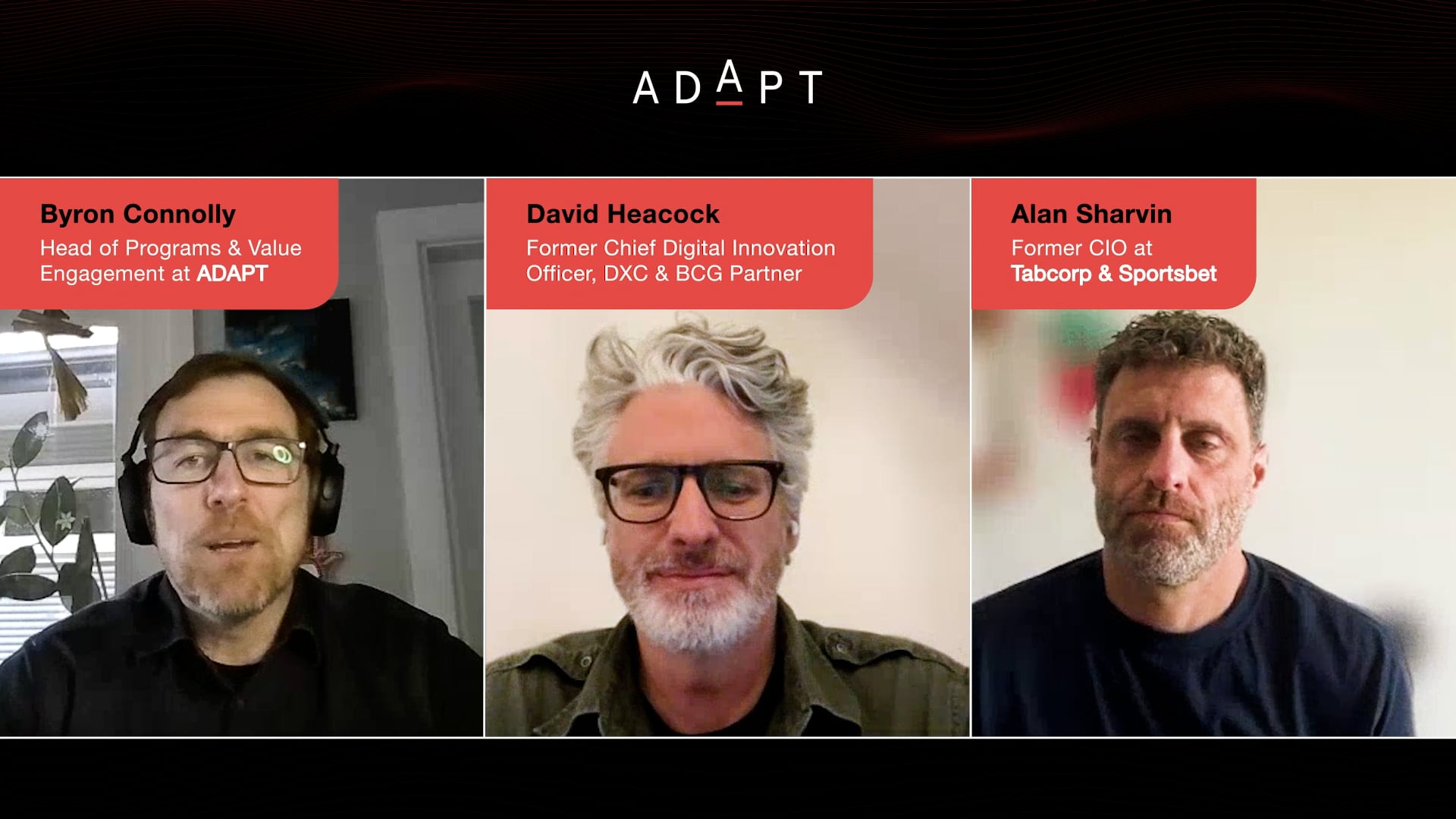In this Government Edge interview, Defence Science and Technology Group’s CTO shared how aligning technology with mission outcomes drives secure, agile innovation.
DST brings together scientists and engineers dedicated to advancing science and technology in support of Australia’s defence and national security capabilities.
Jeremy explained that modernisation succeeds when it is aligned with clear mission outcomes, not just technological goals.
The key ingredients of success, he said, are a strong narrative that connects each project to the broader mission, visible leadership support, and close alignment between technology and research teams.
This ensures staff understand how new systems contribute directly to capability improvements across the organisation.
He described the ongoing challenge of managing legacy systems while continuously adopting cutting-edge technologies to support research projects.
DST has been an early adopter of artificial intelligence and large language models, applying them to mission-specific use cases such as software development assistance, data interrogation, and AI-driven capability agents.
More than a thousand DST staff involved in software development have enthusiastically embraced AI tools, which are accelerating coding, improving accuracy, and streamlining research workflows.
Governance, security, and ethics remain central to this transformation. Jeremy outlined DST’s comprehensive framework for responsible AI use, designed to mitigate risks, protect sensitive data, and uphold research integrity.
Offering advice to CIOs and technology leaders, Jeremy encouraged a mission-first mindset, where innovation is measured by its contribution to real outcomes.
He recommended focusing on iterative, value-driven wins rather than pursuing large, multi-year projects that may lose momentum.
Viewing IT initiatives as enablers of mission success, he said, fosters trust and credibility across teams.
DST is increasingly adopting a product-based, agile model for AI and software development, enabling researchers to experiment and deliver results faster while maintaining strategic alignment.
Jeremy also underscored the value of cross-sector collaboration, noting that events such as ADAPT’s Government Edge provide a vital platform for public sector and industry leaders to share experiences and strengthen Australia’s digital resilience.
Key takeaways:
- Mission-driven technology adoption: DST aligns every technology project with clear mission outcomes, supported by leadership and a unified purpose across teams.
- Early and responsible AI integration: AI and large language models enhance research and software development under strong governance, security, and ethical frameworks.
- Iterative, value-focused innovation: A product-based, agile approach delivers small, measurable wins that build trust and accelerate innovation.






























